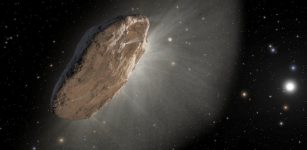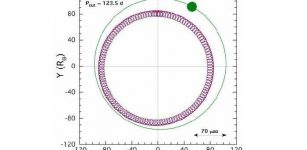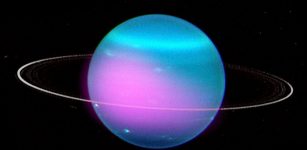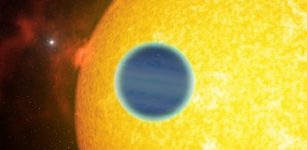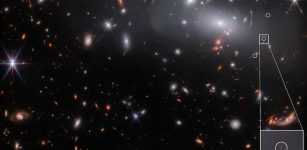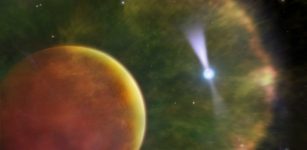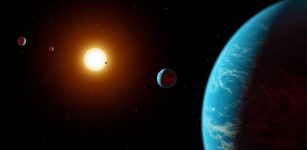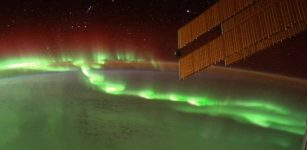Mantle Neon Illuminates Earth’s Formation – New Research From UC, Davis
MessageToEagle.com – The Earth’s early formation process was a relatively quick from the cloud of dust and gas around the sun, trapping water and gases in the planet’s mantle, according to researchers .
Drawing on data from the depths of the Earth to deep space, University of California, Davis, Professor Sujoy Mukhopadhyay and postdoctoral researcher Curtis Williams used neon isotopes to show how the planet formed.
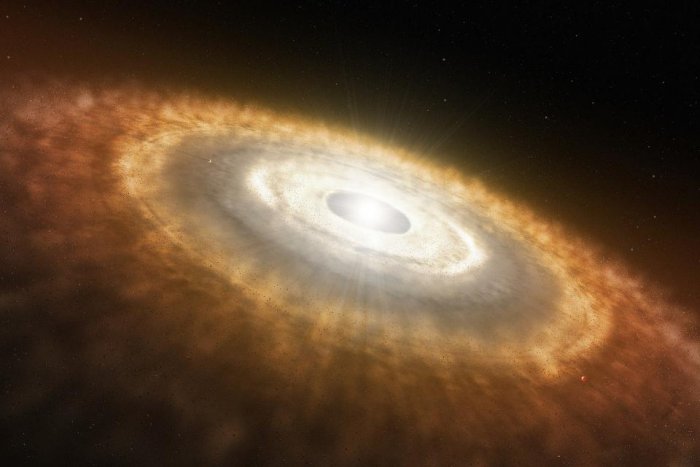
“We’re trying to understand where and how the neon in Earth’s mantle was acquired, which tells us how fast the planet formed and in what conditions,” Curtis Williams said in a press release.
“Neon is actually a stand-in for where gases such as water, carbon dioxide and nitrogen came from.“
Unlike these compounds that are essential for life, neon is an inert noble gas, and it isn’t influenced by chemical and biological processes.
“So neon keeps a memory of where it came from even after four and a half billion years,” Mukhopadhyay said.
There are three competing ideas about how the Earth formed from a protoplanetary disk of dust and gas over 4 billion years ago and how water and other gases were delivered to the growing Earth.
In the first, the planet grew relatively quickly over 2 to 5 million years and captured gas from the nebula, the swirling cloud of dust and gas surrounding the young sun. The second theory suggests dust particles formed and were irradiated by the sun for some time before condensing into miniature objects called planetesimals that were subsequently delivered to the growing planet. In the third option, the Earth formed relatively slowly, and gases were delivered by carbonaceous chondrite meteorites that are rich in water, carbon and nitrogen.
To figure out which of the three competing ideas on planet formation and delivery of gases was correct, Williams and Mukhopadhyay accurately measured the ratios of neon isotopes that were trapped in the Earth’s mantle when the planet formed.
The isotope ratios they found were well above those for the “irradiated particles” or “late accretion” models, Williams said, and support rapid early formation.
“This is a clear indication that there is nebular neon in the deep mantle,” Williams said.
Neon, remember, is a marker for those other volatile compounds. Hydrogen, water, carbon dioxide and nitrogen would have been condensing into the Earth at the same time — all ingredients that, as far as we know, go into making up a habitable planet.
The results imply that to absorb these vital compounds, a planet must reach a certain size — the size of Mars or a little larger — before the solar nebula dissipates.
Observations of other solar systems show that this takes about 2 to 3 million years, Williams said.
Does the same process happen around other stars? Observations from the Atacama Large Millimeter Array, or ALMA, observatory in Chile suggest that it does, the researchers said.
“There are a couple of ways dust could be depleted from the disk, and one of them is that they are forming planets,” Williams said.
“We can observe planet formation in a gas disk in other solar systems, and there is a similar record of our own solar system preserved in Earth’s interior,” Mukhopadhyay said.
“This might be a common way for planets to form elsewhere.”
MessageToEagle.com


